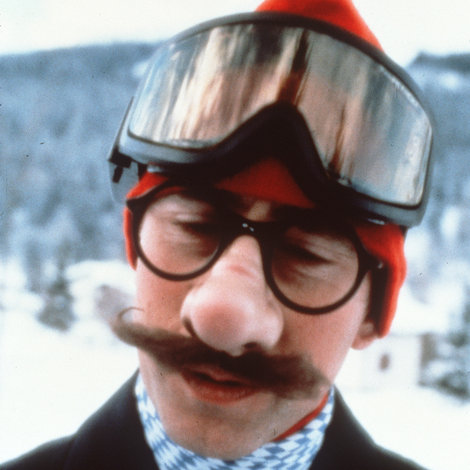On February 24, 2022, most of us watched the news with shock. George Butler, however, was considering whether to pack his bags. Vladimir Putin had just launched a “special military operation” against Ukraine—a full-scale multi-front invasion, complete with air strikes. Butler, a British reportage illustrator, needed to decide if he should risk his life on the front lines covering it.
That question is one Butler, now 40, has asked himself routinely over the last 20 years. Born in the Cotswolds, in England, he attended Kingston University, in London. His mother was an artist, and her influence led him to pursue a degree in illustration. Over the course of his studies, Butler “slowly learned that reportage illustration was an old-fashioned, albeit very effective way of communicating stories.” He decided to take up the art form.

In 2006, during his final year of college, Butler took a trip to Afghanistan, where he drew members of the British Army as they prepared for deployment. “I was on the front lines,” he recalls. “That’s where I wanted to be.” And that’s where he’s more or less remained, providing reportage for newspapers (The New York Times, The Times of London) and humanitarian organizations (Oxfam, the Halo Trust) from countries in crisis, including Yemen, Iraq, Kenya, Myanmar, Gabon, and Ukraine.

About a week after Putin’s attack, at the start of March, Butler flew to Romania, took a bus to Odesa—which Russia had bombed days earlier—and began drawing. He was taken aback, he says, “by the individuals who had stayed behind to continue their work in shops or as volunteers. It was a super-human civilian effort to try and repel Russia from their borders.”

Butler had expected to see a collective response to the Russian assault, as portrayed in the news; what he found instead were individuals, each confronting the war on his or her own terms. “The thing that always surprises me is the difference between what’s being reported on the front page and the things that I find,” Butler explains. “My work focuses on the common human experiences of war, and there’s no better way to do that than through a gentle, handmade line.”

His book, Ukraine: Remember Also Me, came out last fall. In the drawings—poignant portraits, landscapes of battlefields, visions of underground shelters—Butler’s care for his subjects offers a view of war at once affecting and accurate. And his work isn’t done. Butler plans to return to many of the countries he’s covered before, namely Syria, where he runs a local charity. Front lines throughout the world, he says, are home to “very human behaviors: loyalty, fear, pride, love.” Through his illustrations, Butler hopes to “give texture to these places which are vastly, vastly complicated, and can’t be understood simply from the front page of the newspaper.”
Jack Sullivan is an Austin-based writer


